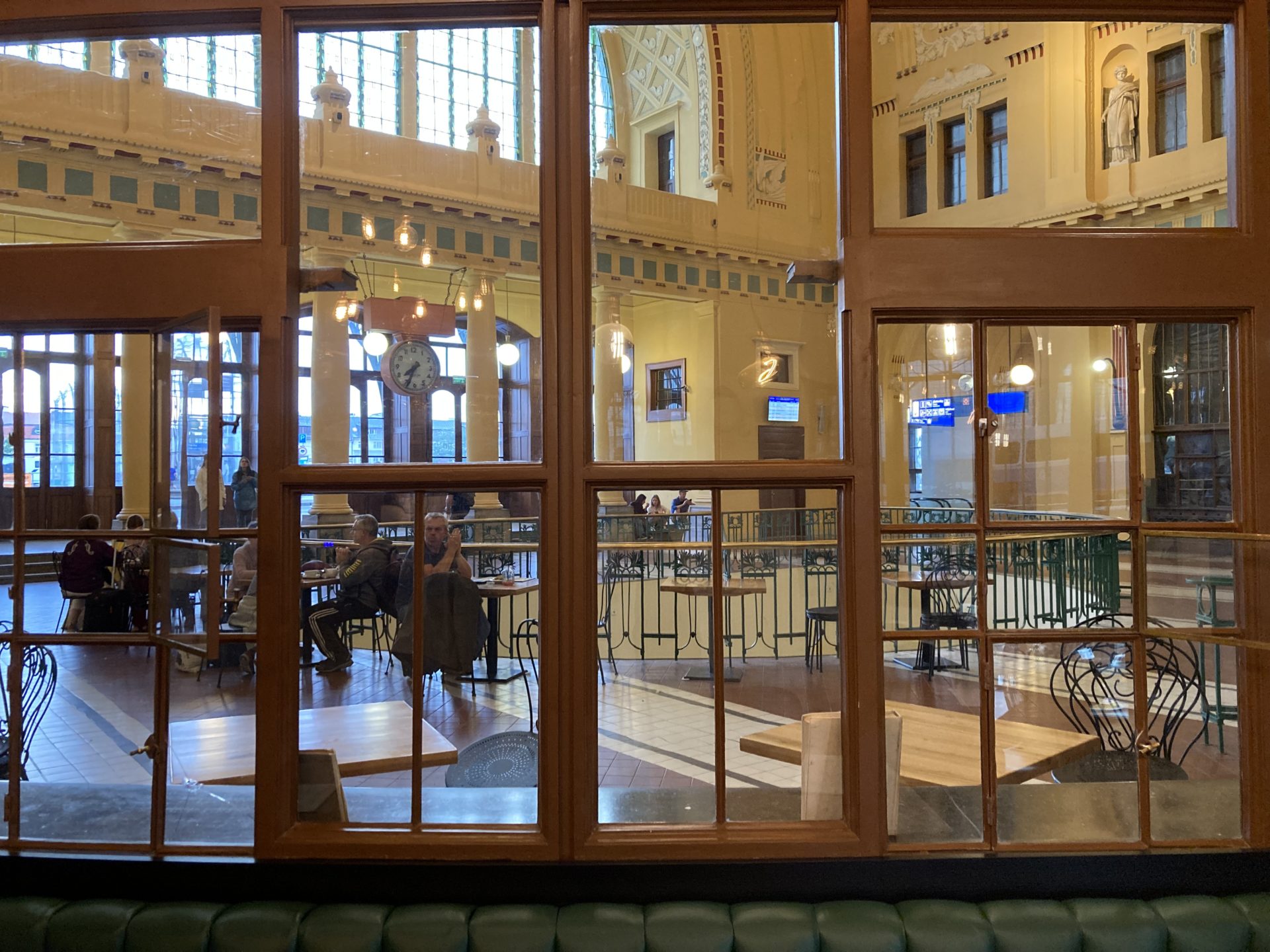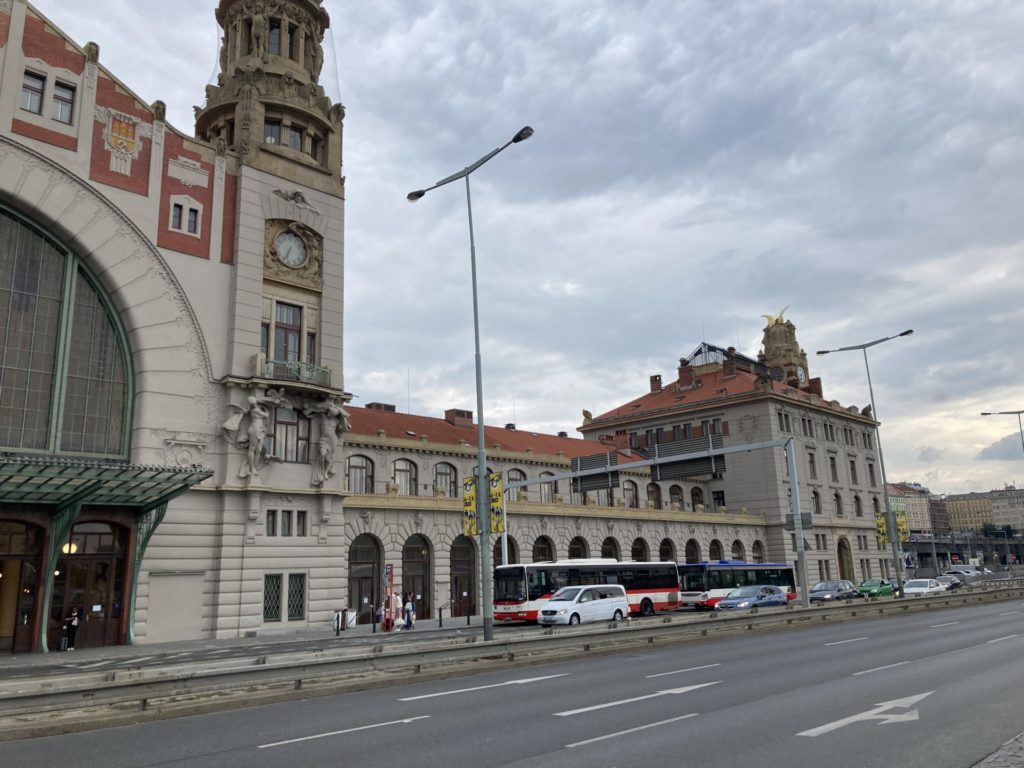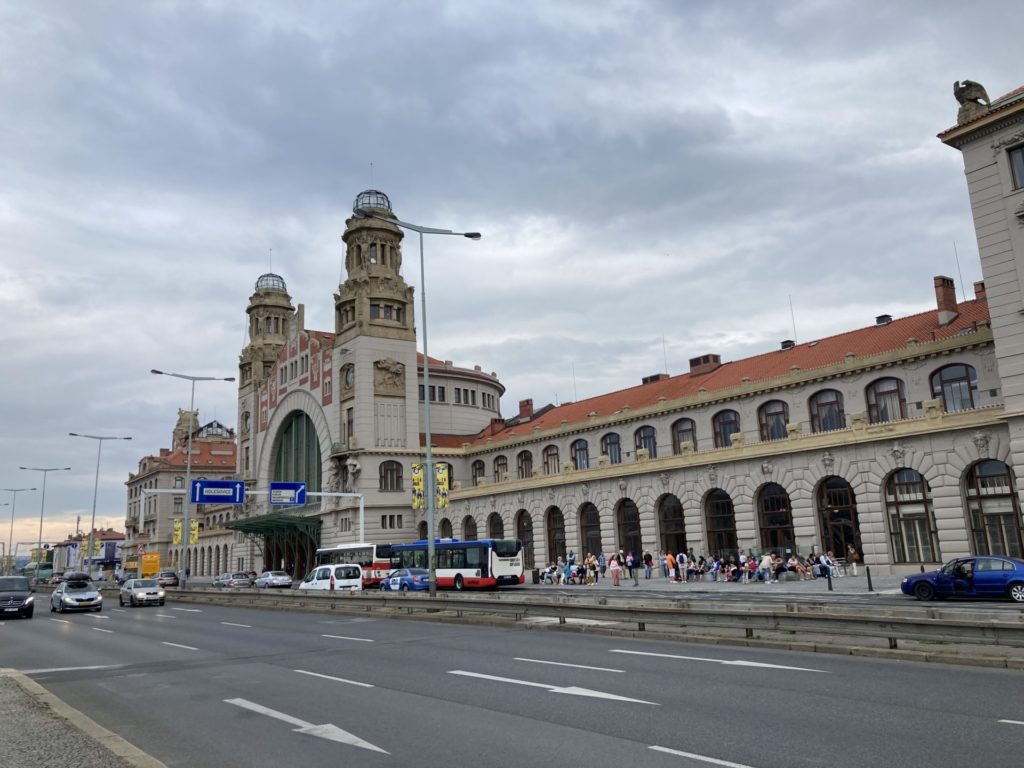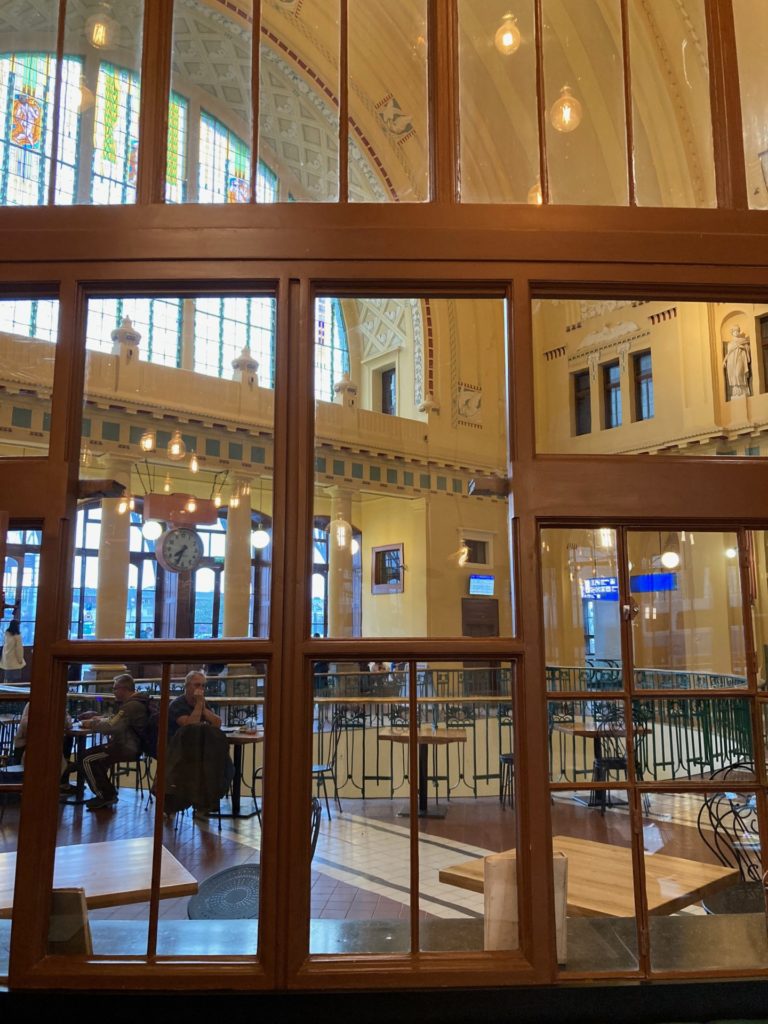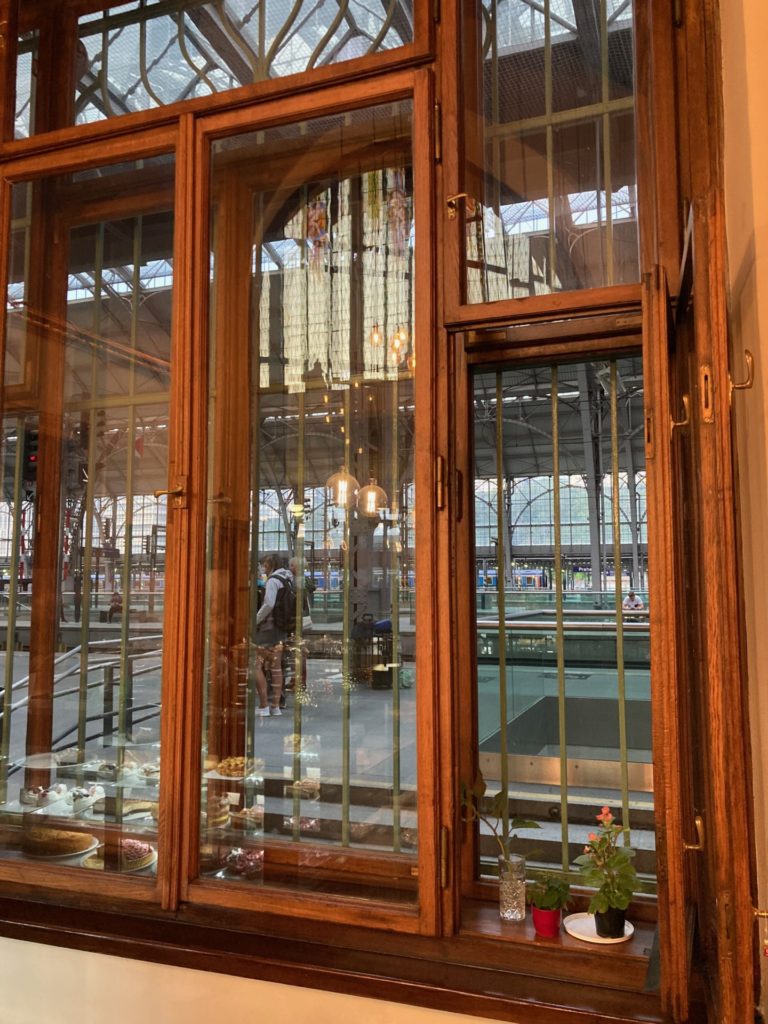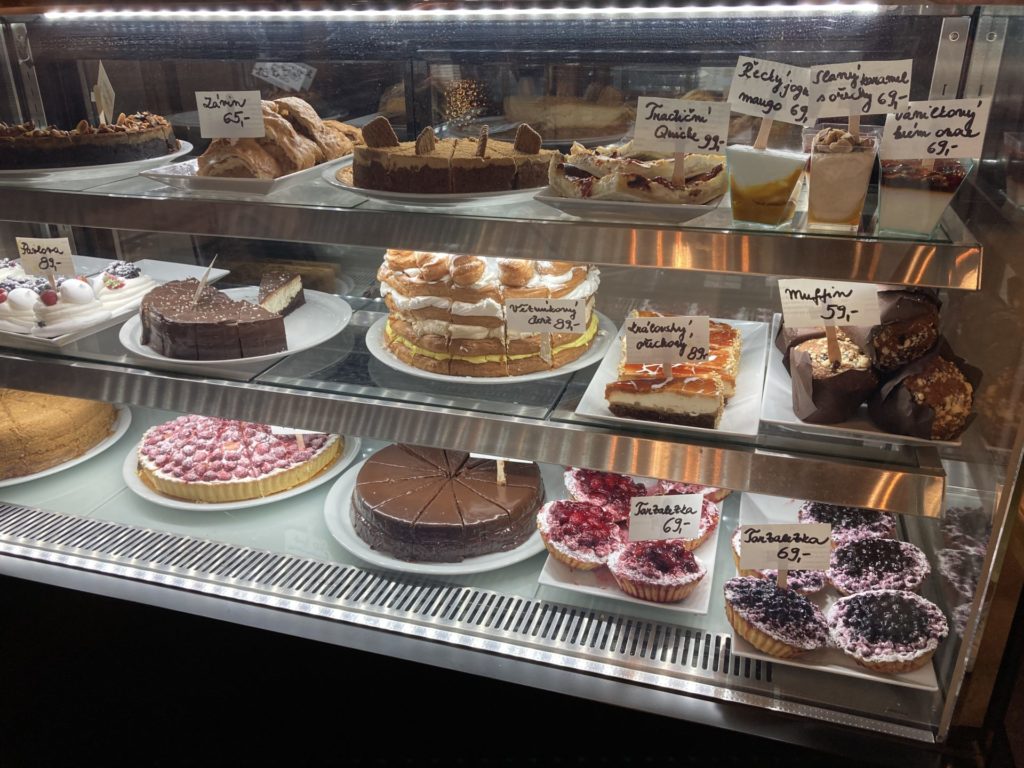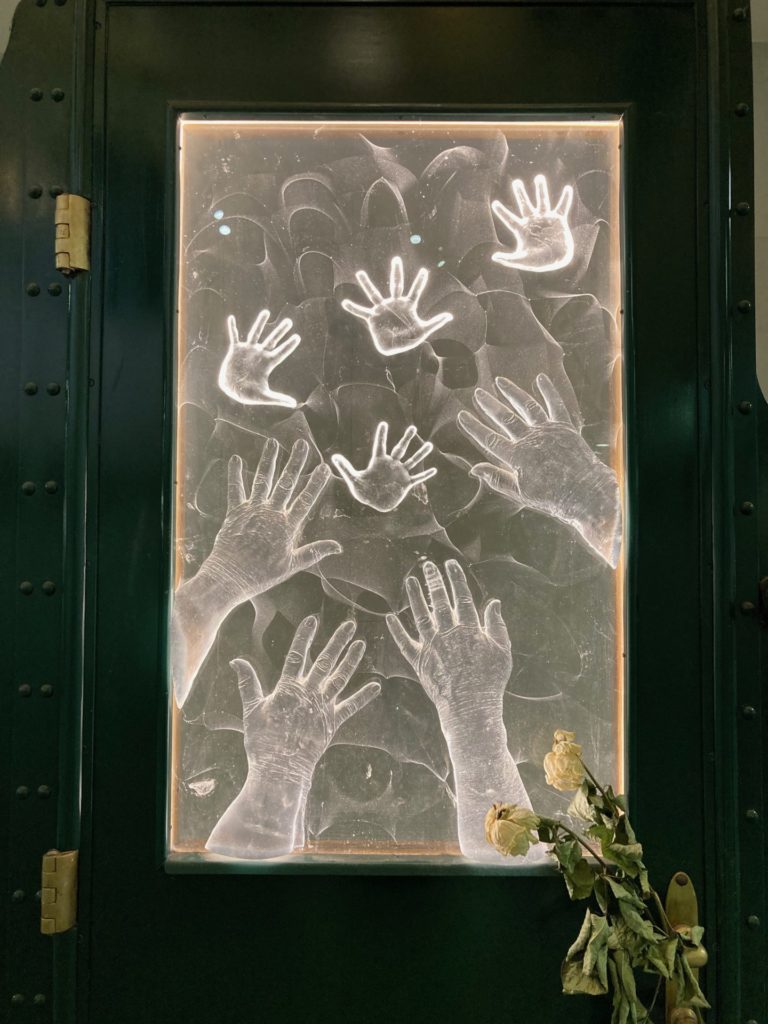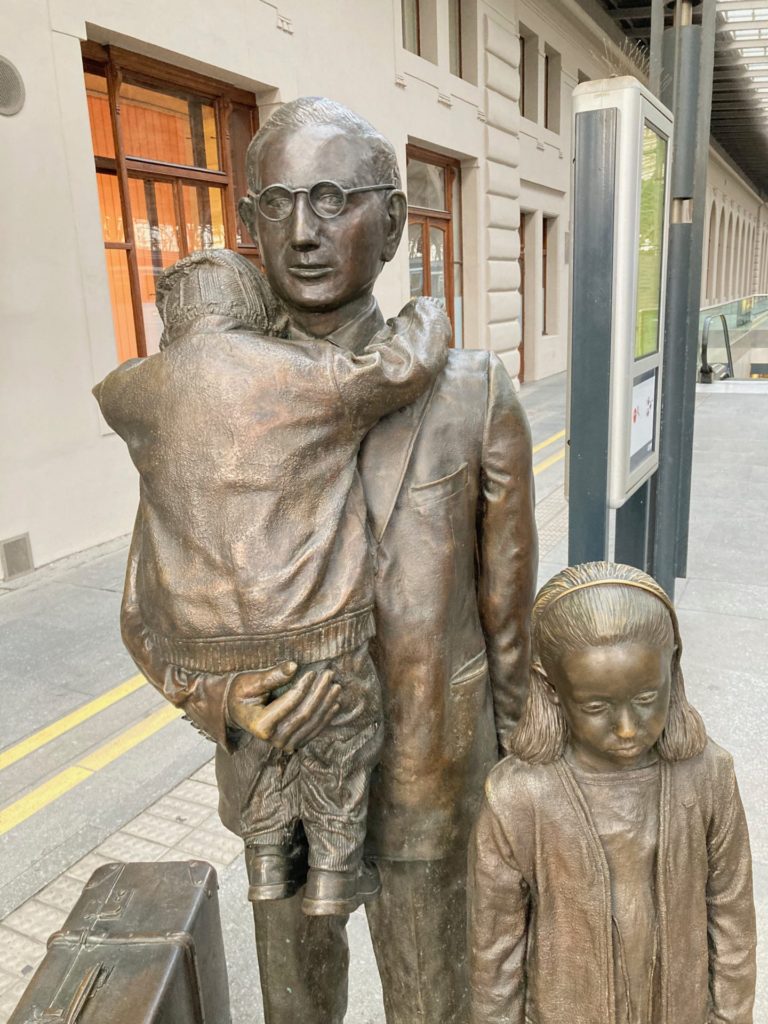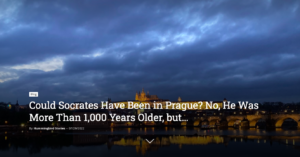Prague Main Railway Station is the largest Art Nouveau building in the Czech Republic. The Neo-Renaissance building, built in the years 1869-1871, stood in its place. However, it soon became clear that the developing city needed a bigger station.
Its construction was entrusted to Josef Fanta, one of the greatest Czech Art Nouveau architects, who was a member of the so-called National Theater generation. (His second largest building in Prague is the Ministry of Industry and Trade building – this is how you can see it from Letná.)
The concept of Fanta’s design – a central hall with side wings – was inspired by the famous Gare de Nord in Paris, which was a model for the construction of many European railway stations in the second half of the 19th and early 20th centuries. (For example, the building of the Industrial Palace is also designed similarly.)
Fanta had a condition that he would choose the co-workers himself and chose only Czech artists, which provoked protests from the Prague Germans. After all, disputes between Prague’s Czech and German populations were quite frequent. The State Opera building, which was built only a few years earlier, stands just a short distance from the Main Station. Today it houses the opera ensemble of the National Theatre, but the building originated as the New German Theatre and was built by the Prague Germans as a reaction to the magnificent building of the National Theater and the disputes between the Czech and German artists in Prague.
The person of Josef Fanta is still commemorated by the Fanta’s Café in the historic station building. The café is characterized by a high dome, the walls of which are decorated with typical Art Nouveau motifs and sculptures reminiscent of Czech towns to which the railway from Prague led at the time of the station’s establishment. This was originally where the ticket offices and access to the platform were.
This changed at the beginning of the 1970s when the first ever Prague subway station was built under the station and with it a new modern station hall. The historic building lost its significance and gradually fell into disrepair. However, after 2010, the building was renovated and today you can sit in calm in the café and have a coffee or something good to eat. The main traffic is one floor and two floors below – in the station hall and down in the subway.
From the outdoor part of the cafe, you can watch people downstairs, hurrying to the trains. The cafe thus became an imaginary link between two places that today remind us of the great story of Nicholas Winton’s rescue of Czech Jewish children. Here you can see the memorial of the children’s parents. And if you walk out of the café to the first platform, you will see a sculpture dedicated to the children who left Prague for Britain just before the Second World War – most of their parents who stayed here died in concentration camps.
It is good to be reminded of this.













